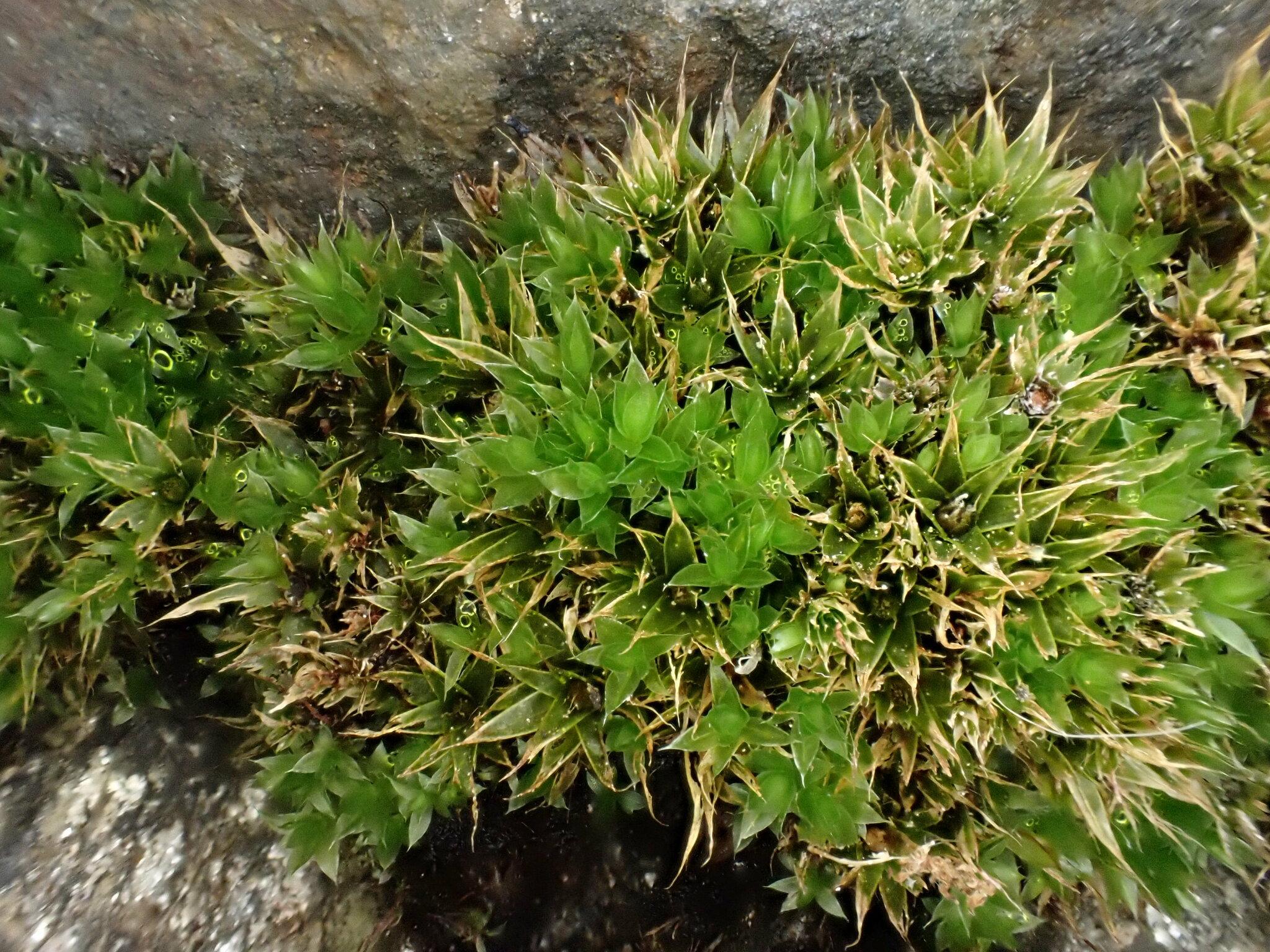
original.jpeg from: https://www.gbif.org/es/species/7795532
Introduction
The world of mosses is a fascinating one, filled with tiny, unassuming plants that often go unnoticed by the casual observer. Among these diminutive wonders is the Tayloria splachnoides (Schleich. ex Schwägr.) Hook., a member of the Splachnaceae family, commonly known as Tayloria. This moss may be small, but it plays a crucial role in the intricate web of life, making it a subject of great interest for enthusiasts and naturalists alike.
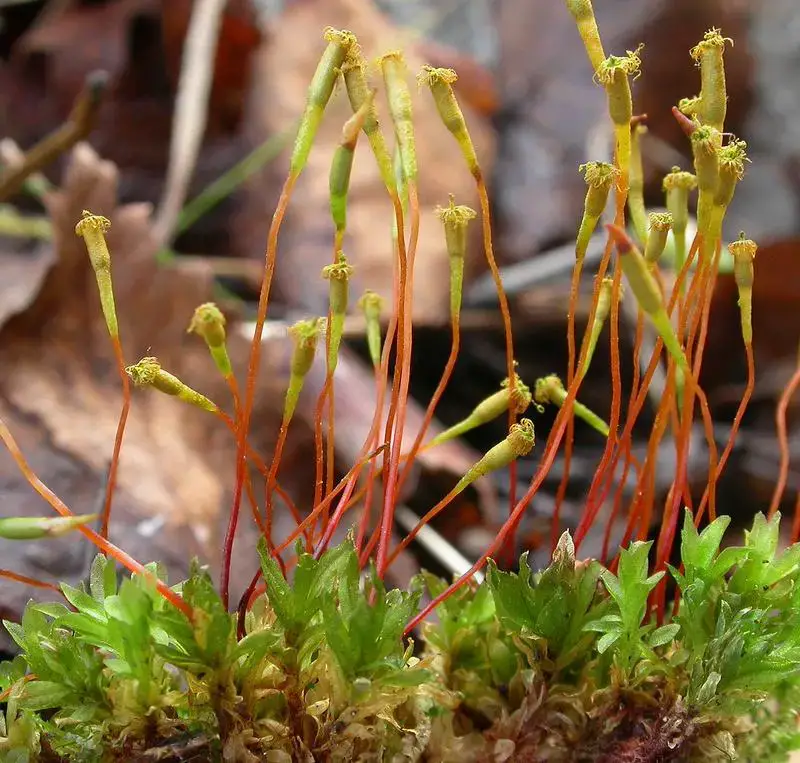
23747_1549_4.jpg from: https://artfakta.se/naturvard/taxon/tayloria-splachnoides-1549
Background
Before delving into the specifics of Tayloria splachnoides, it’s essential to understand the broader context of mosses. These ancient plants belong to the Bryophyta division, which encompasses three classes: Bryopsida (true mosses), Andreaeopsida (granite mosses), and Sphagnopsida (peat mosses). Mosses are non-vascular plants, meaning they lack the specialized tissues found in more complex plants for transporting water and nutrients. Despite their simplicity, mosses have adapted to thrive in a wide range of habitats, from the Arctic tundra to tropical rainforests.
Main Content
Morphology and Identification
Tayloria splachnoides is a distinctive moss, easily recognizable by its unique features. The plants are dioicous, meaning that male and female reproductive structures are found on separate individuals. The leaves are
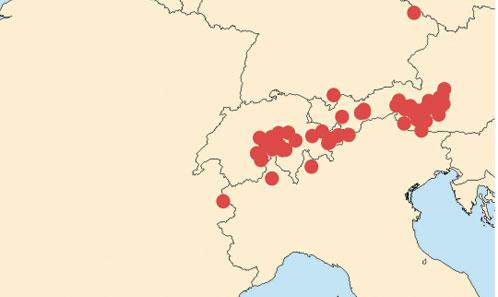
cryptogamie-bryologie2009v30f3a3.jpg from: https://sciencepress.mnhn.fr/fr/periodiques/bryologie/30/3/tayloria-splachnoides-schleich-ex-schwagr-hook-new-pyrenees-france
ovate-lanceolate in shape, with a costa (midrib) that extends to the leaf apex. The capsules, or spore-bearing structures, are particularly striking, with a hypophysis (swollen base) that is often brightly colored, ranging from yellow to orange or red.
Global Distribution and Habitat
Tayloria splachnoides
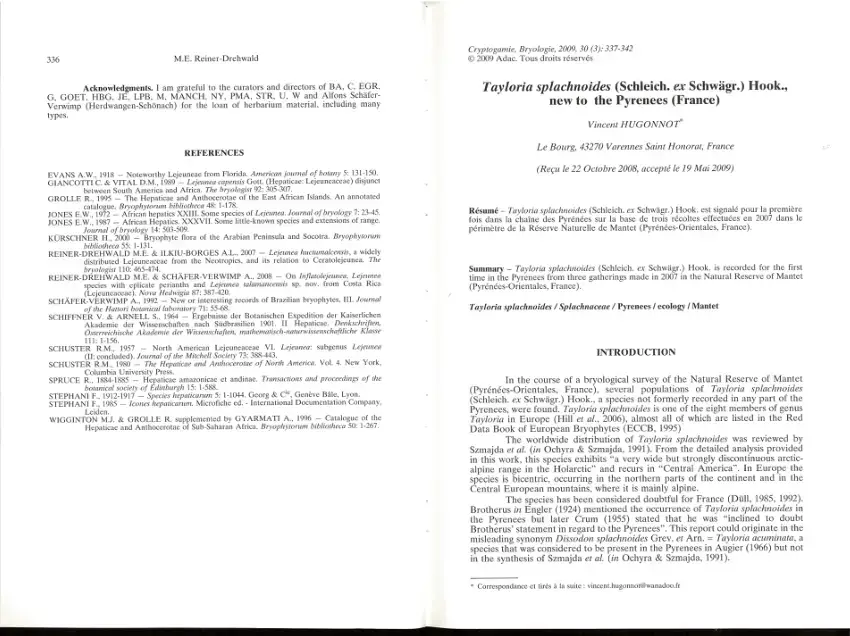
largepreview.png from: https://www.researchgate.net/publication/290956148_Tayloria_splachnoides_Schleich_ex_Schwagr_Hook_new_to_the_Pyrenees_France
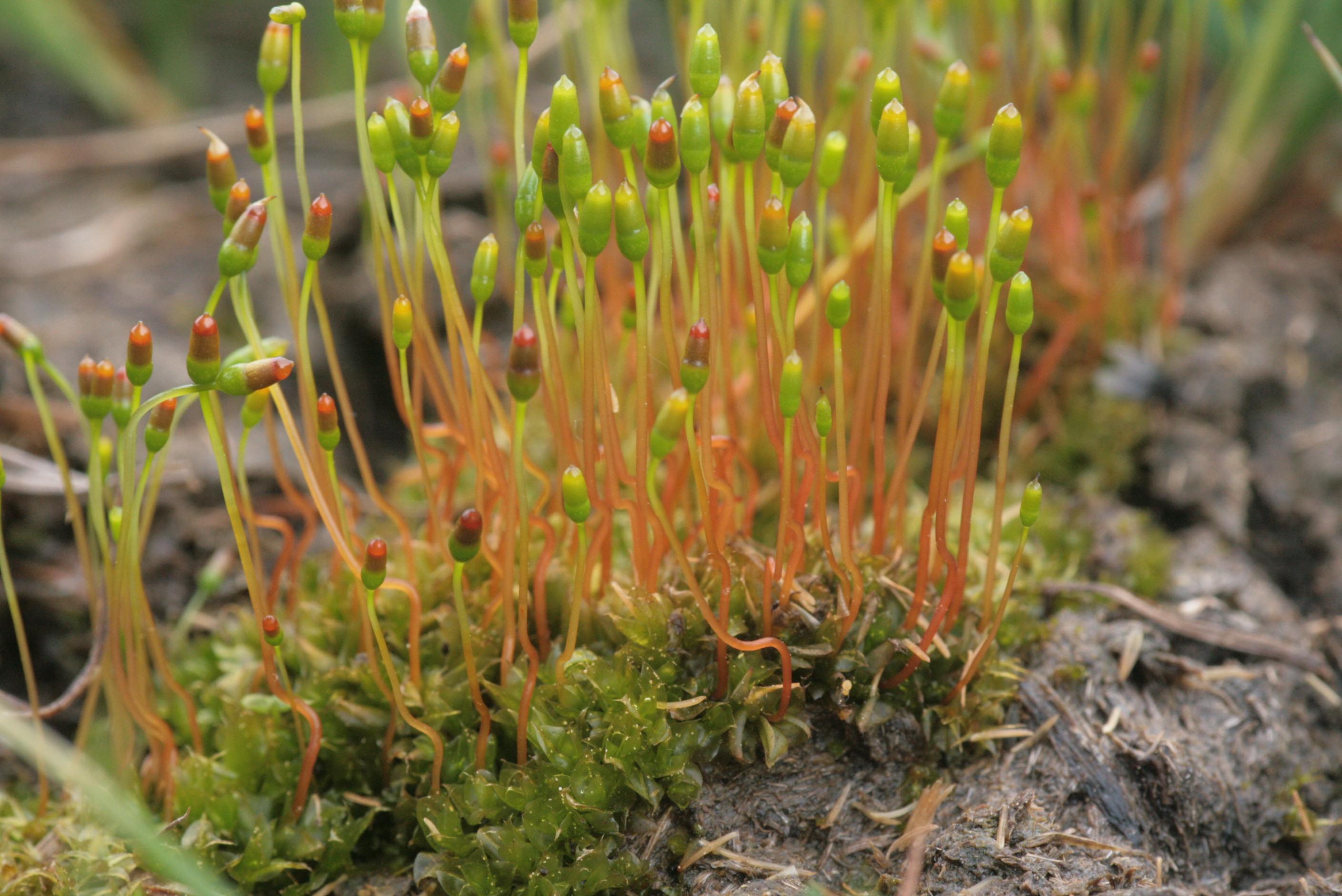
splachnum_sphaericum_b_134704-465656_1184.jpg from: https://awkwardbotany.com/2015/01/14/year-of-pollination-dung-moss/
is widely distributed across the Northern Hemisphere, with populations found in Europe, Asia, and North America. This moss thrives in moist, shaded environments, often growing on decaying logs, stumps, or humus-rich soil in coniferous or mixed forests. It is particularly fond of areas with high moisture levels, such as stream banks or near waterfalls.
Ecological Roles and Adaptations
Despite its diminutive size, Tayloria splachnoides plays a vital role in forest ecosystems. As a pioneer species, it helps to break down decaying organic matter, releasing nutrients back into the soil and facilitating the growth of other plants. Additionally, the brightly colored capsules are thought to attract insects, which aid in the dispersal of spores.
One of the most fascinating adaptations of
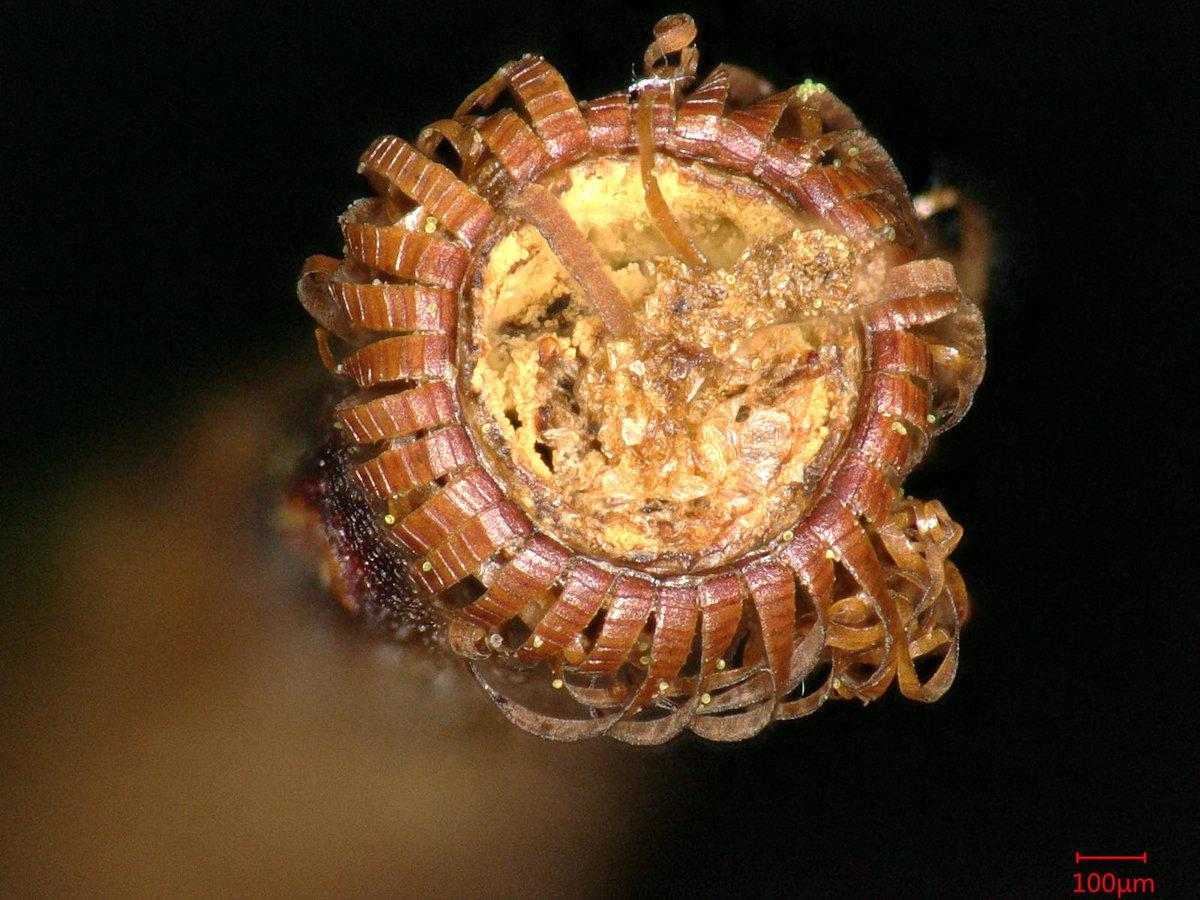
FyJUX1WaQAA6aue.jpg from: https://twitter.com/WongWenzhuan/status/1666988540058808321
Tayloria splachnoides is its ability to reproduce through spore dispersal. The capsules, with their swollen bases, are designed to attract insects, particularly flies. When an insect lands on the capsule, it becomes coated in a sticky substance that contains spores. As the insect moves from plant to plant, it inadvertently aids in the dispersal of these spores, ensuring the continued propagation of the species.
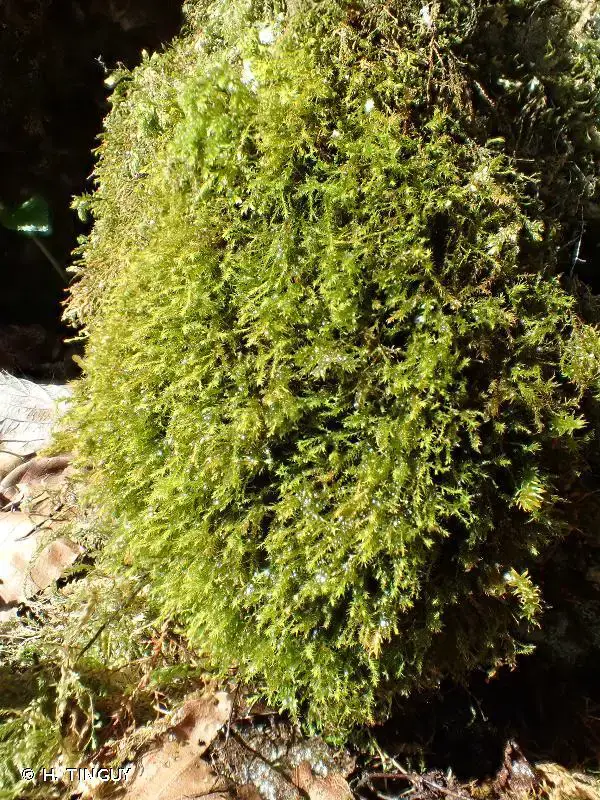
260403.jpg from: https://inpn.mnhn.fr/espece/cd_nom/5180
Case Studies/Examples
In a study conducted in the Pacific Northwest region of North America, researchers found that Tayloria splachnoides played a crucial role in the decomposition of coarse woody debris, such as fallen logs and branches. The moss was observed to colonize these substrates rapidly, facilitating the breakdown of lignin and cellulose, and creating favorable conditions for other decomposers, such as fungi and bacteria.
Technical Table
| Characteristic | Description |
|---|---|
| Phylum | Bryophyta |
| Class | Bryopsida |
| Order | Splachnales |
| Family | Splachnaceae |
| Genus | Tayloria |
| Species | Tayloria splachnoides (Schleich. ex Schwägr.) Hook. |
| Growth Form | Acrocarpous (upright) |
| Leaf Shape | Ovate-lanceolate |
| Capsule | With swollen hypophysis (base) |
| Habitat | Moist, shaded environments, decaying logs, humus-rich soil |
| Distribution | Northern Hemisphere (Europe, Asia, North America) |
Conclusion
Tayloria splachnoides, a unassuming moss of the Splachnaceae family, is a true marvel of nature. Its unique morphology, ecological roles, and adaptations make it a fascinating subject for enthusiasts and naturalists alike. From its brightly colored capsules that attract insects for spore dispersal to its role in decomposing organic matter, this tiny plant punches well above its weight in the intricate web of life. As we continue to explore and appreciate the wonders of the natural world, perhaps we should take a moment to appreciate the humble Tayloria splachnoides and the invaluable contributions it makes to our ecosystems.
Ponder this: In a world where we often overlook the smallest of creatures, what other hidden wonders might we be missing, and how can we cultivate a deeper appreciation for the intricate tapestry of life that surrounds us?